Subclass Elasmobranchii Scientific name Carcharocles chubutensis Rank Species | Genus Carcharocles Higher classification Carcharocles | |
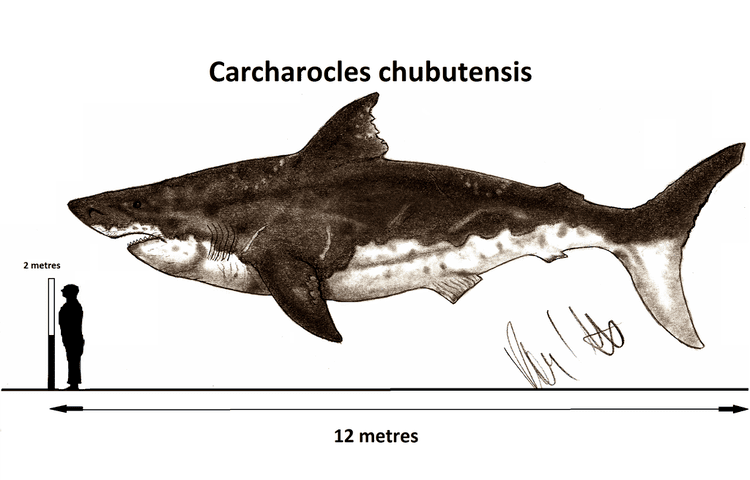 | ||
Similar Shark, Carcharocles angustidens, Carcharocles auriculatus, Otodus, Isurus hastalis | ||
Carcharocles chubutensis fossilized tooth
Carcharocles chubutensis, meaning "glorious shark of Chubut", from Ancient Greek: κλέϝος (kléwos) “glory/fame” + καρχαρίας (karkharías) “shark”, is a prehistoric megatoothed shark that lived during Oligocene, Miocene, and Pliocene epochs, approximately 28 – 5 million years ago. This shark is considered to be a close relative of another prehistoric megatoothed shark, C. megalodon. However, as is the case with C. megalodon, the classification of this species is disputed.
Contents
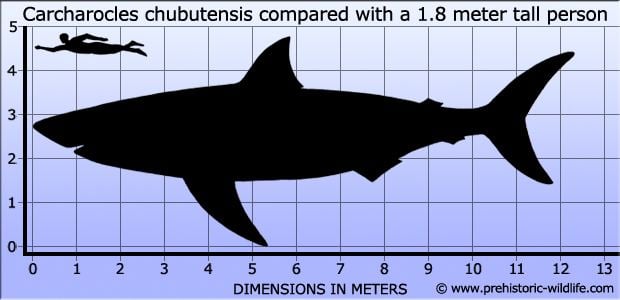
Fossil record
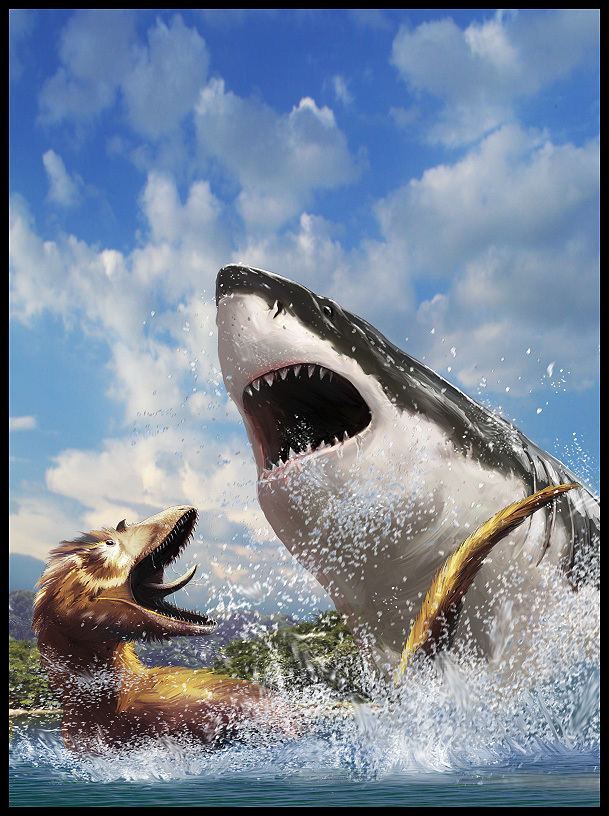
This species is also known from fossil teeth and some fossilized vertebral centra. Shark skeleton is composed of cartilage and not bone, and cartilage rarely gets fossilized. Hence, fossils of C. chubutensis are generally poorly preserved. Although the teeth of C. chubutensis are morphologically similar to teeth of C. megalodon, they are comparatively slender with curved crown, and with presence of lateral heels feebly serrated. Fossils of this species have been found in North America, South America, Cuba, Puerto Rico, Africa, and Europe.
Size
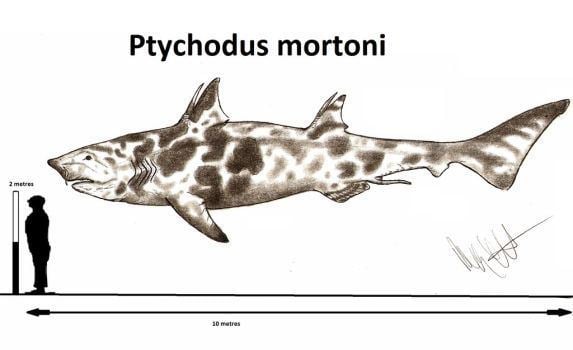
Carcharocles chubutensis was larger than C. angustidens. Teeth of C. chubutensis can approach 130 mm in slant height (diagonal length), which according to size estimation method proposed by Gottfried at al, in 1996, indicate 12.2 m (40 ft) long specimen.
Paleoecology

Paleontological research suggests that this species may have changed habitat preferences through time, or it may have had enough behavioral flexibility to occupy different environments at different times.
Diet
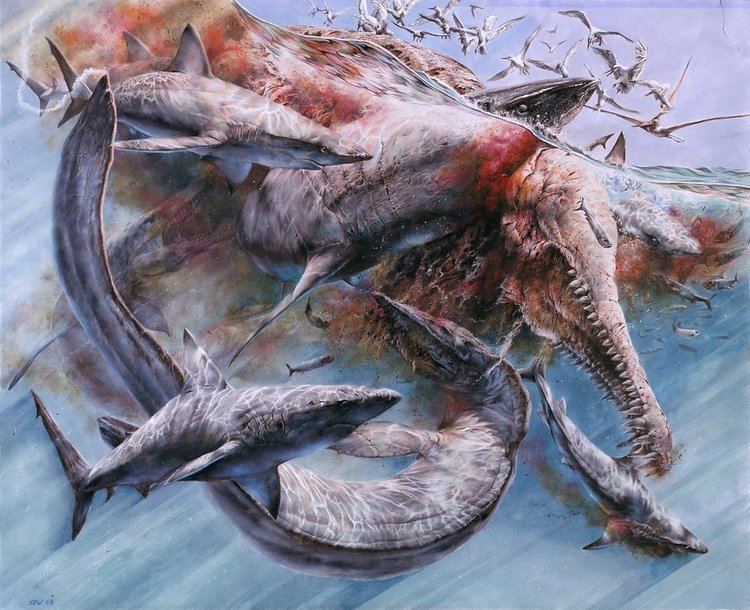
Carcharocles chubutensis was likely an apex predator and commonly preyed upon fish, sea turtles, cetaceans (e.g. whales), and sirenids.
Phylogeny
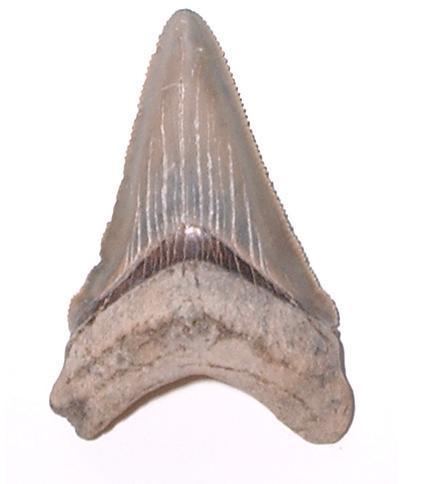
As is the case with other known megatoothed sharks, the genus of C. chubutensis remains in dispute. The Swiss naturalist Louis Agassiz first identified this shark as a species of Carcharodon in 1843. In 1906, Ameghino renamed this shark as C. chubutensis. In 1964, shark researcher, L. S. Glikman recognized the transition of Otodus obliquus to C. auriculatus. In 1987, shark researcher, H. Cappetta reorganized the C. auriculatus - C. megalodon lineage and placed all related megatoothed sharks along with this species in the genus Carcharocles. Finally, the complete Otodus obliquus to C. megalodon progression became clear and has since gained the acceptance of many shark researchers.
Within the Carcharocles lineage; C. chubutensis is the succeeding species of C. angustidens and is followed by C. megalodon. In short, C. chubutensis is considered a possible ancestor of C. megalodon. However, due to its co-existence with C. megalodon during the Miocene and Pliocene epochs, it is regarded as a morpho-species.
